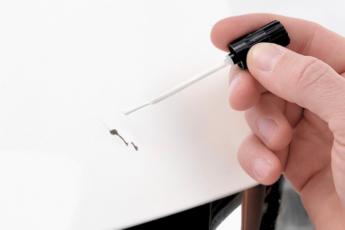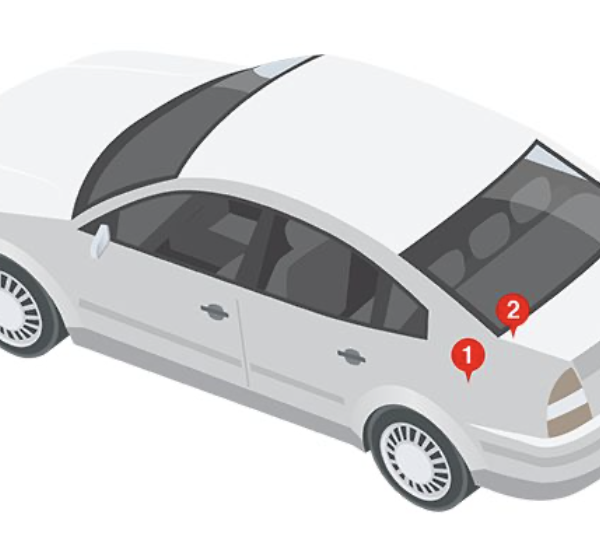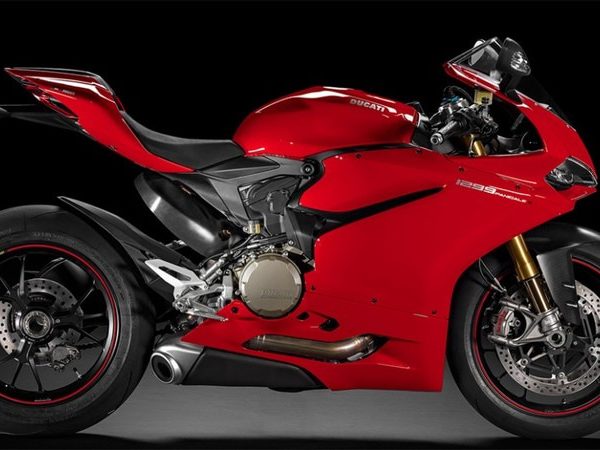Paint It Yourself

You can’t just park your car out back and paint it… But you can! Don’t assume that the TouchUpDirect crew sells paint all day and then heads home with no color under their collective nails. We use our stuff, because we’re gearheads too.
Take this backyard sprayjob from a few months back: a high-mileage trail rig with failing factory clearcoat needing a respray of both the hood and roof. Now, it’s easy to match your original color (TUD will help find your correct factory match), but this is TUD Life, so it’s got to be interesting – we don’t do anything that isn’t. There had to be some way to mod the paint on this truck.
After experimenting with a few paint schemes, including a repop of World War 2 halftrack insignia,North Atlantic high-seas anti-submarine camo, and a clone of factory ‘80s Toyota stripes, we settled on another throwback: an old school FJ-style gel-coat white roof. Why? Less interior heat, no hassle with blending, and a retro-cred shout-out to ‘froading Toyotas of yore.
Painting like this is easy: TouchUpDirect can equip you with spray cans full of your choice of colors – several would be needed for a roof the size of a 4Runner – plus the necessary clearcoat. In our case, and because we work here, there were a few paint returns on the back shelf that needed using, one of which was a lush white from the gen-two Supra. To our pleasure, it was not a white-white, but one that had some grey and yellow in it, mimicking the natural white of the old FJ40, 43 and 45 roofs.
If there’s one thing to do right when automotive painting, it’s not the painting – it’s the prep. Following the rules when painting is a good idea: if you don’t clean, sand and reclean before masking the working surface, no amount of technique will make the color stick. We sanded, then sanded again, then cleaned and scraped and sanded some more. Because this roof was not going to be seen too often (and it was on a 250,000-mile 4Runner that’s seen its share of dents, rock attacks and tree gougings), we were going for perfect adhesion, not a perfect look, and so some of the sanding was done with a palm sander. The roof’s flat surface made this easier; however, it’s no substitute for hand-sanding on visible body panels. Our goal was for the paint to go on, stay on, protect the metal, cool the cabin, and look good at 10 feet.
To be frank, we got lucky: it would have been perfectly workable to rattle-can the whole roof (we will paint the hood that way), but we have a neighbor – a retired Green Beret; a man who knows how to get stuff done – who’d recently recreated a small-block Chevelle he’d owned in the ‘70s. In the process of shadetreeing this Chevelle, he learned to paint, and shot the car in his backyard to great effect.
The rules for making your backyard paintjob turn out are universal – it wasn’t the spray gun that made this job click. Buy good paint, do good prep and exact masking, understand the paint and the applicator, manage the clock, work out of the sun and on a day with no breeze (which is hard on a sunny SoCal day), and you too can paint quickly and correctly. All told, from parking the truck to pulling off the masking tape, it took six hours. When you follow the instructions, even big paintjobs can be easy.
Look for a full story on the steps we took to make this six-hour paintjob work right coming up in Off-Road.com.

 Cart
Cart
 Help Desk
Help Desk






